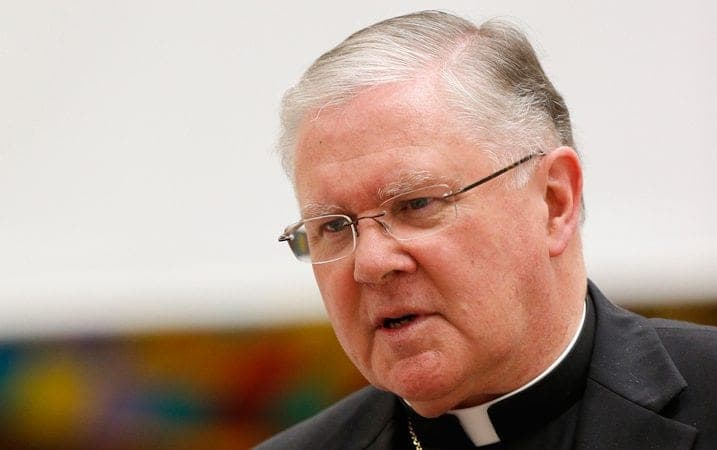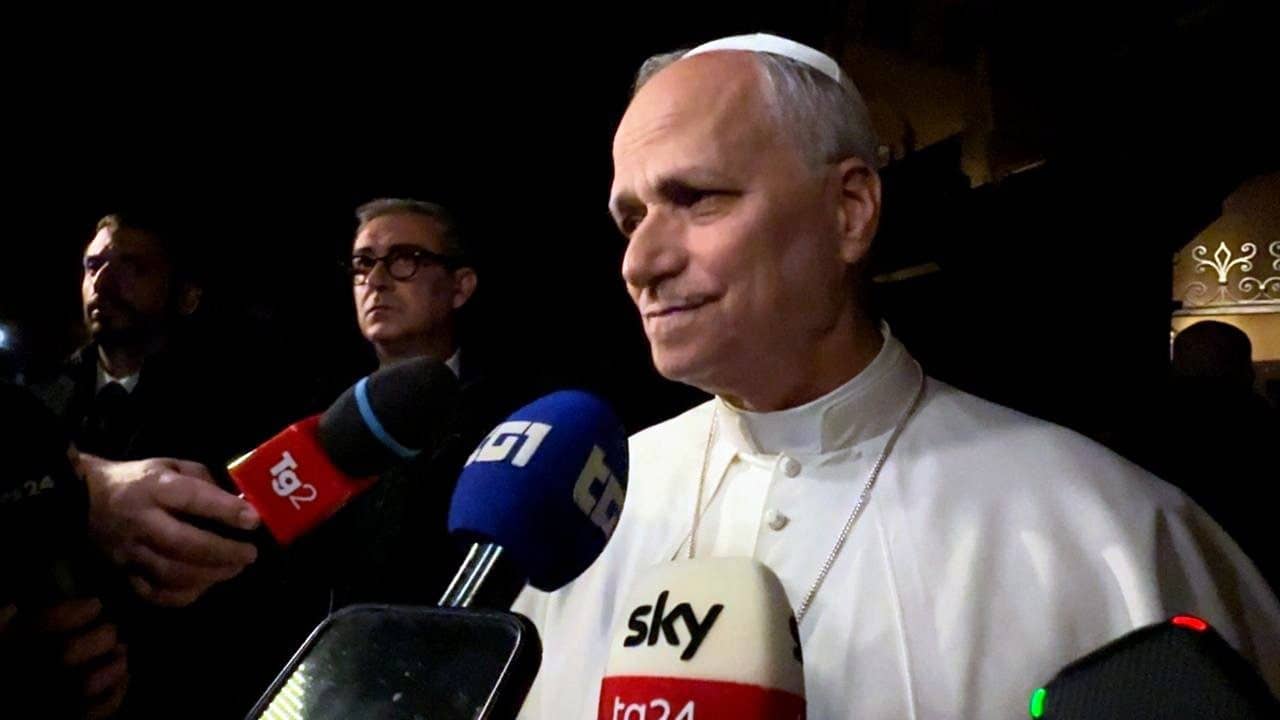Early in 2015 I was elected to represent the Australian bishops at the second of the two Synods on marriage and the family. Before I left for Rome, I was asked if I’d be willing to do a blog during the Synod.
I replied that I wasn’t much good at that sort of thing but that I’d give it a go. I doubted that I’d keep it going through the three weeks, in part because I know how busy Synods can become.
When I got to Rome, I found that writing the blog posts fitted well with the rhythm of the Synod day. I could do them either early in the morning before Mass or after lunch before returning to work. As the Synod wore on, I came to see that writing the blog was a way for me to focus my thoughts and feelings in the whirl of an intense and complex process.
I wrote the posts quickly with little revision, leaving the communications people back in Brisbane to correct what needed correction.
I thought I was doing the blog just to keep some folks back home in the loop, which struck me as a good thing to do. The Synod might be “of bishops” but it couldn’t be just “for bishops”. Others had to be part of the journey somehow.
What I didn’t expect was that the blog would get so big; in fact it went global. I didn’t see that coming and I didn’t understand it at the time. I still don’t understand it fully. But what I can see is that the blog gave a lot of people – even some journalists – a sense of what the Synod was actually like from within.
Seen from the outside, Synods can look tedious and dull, even a Synod as keenly anticipated as this one. But seen from the inside, Synods are anything but tedious or dull. They are seriously hard work, but they are also very interesting events, full of rich characters and revealing glimpses of the Church as it really is around the world. They have their dramas and surprises, especially with someone like Pope Francis in the chair.
One thing I tried to do in the blog was show the human face of the Synod, in the belief that a demystification of what was happening wouldn’t diminish the Synod. It’s not unlike what Pope Francis is doing with the papacy. His demystification of the office hasn’t diminished it; in fact, it’s probably, and paradoxically, done the opposite.
For me, a demystification of the Synod was the first step in showing others that there was “something greater than Solomon” at work in the assembly, which was certainly my experience.
Elements of the mix were these:
- Reportage without spilling the beans, because respect for the confidentiality of the Synod was important, even if there was much that could be said without breaching confidentiality.
- Reflection on key issues, since many of the more important questions were simple to put but complex to answer.
- Humour, because there are some good laughs at a Synod, which keeps things in proportion and saves us from the self-seriousness which can be a danger in a thing like a Synod.
When the assembly ended, people asked me to keep blogging, but the muse had left me. In a sense, I had nothing to blog about. I’m not “an inveterate blogger” (as one report described me) and the moment had passed.
Some also suggested that I should publish the blog posts which, to my surprise, came to over 30,000 words. It didn’t feel like that when writing them. I decided not to publish because the posts were very situated and provisional utterances. To publish them would give the impression that they were more than they were meant to be. I preferred to leave them as they were with all their imperfections. If people want to look at them, they’re out there on the net.
The blog may be done, but the Synod journey isn’t. One thing I’ve come to see since the assembly ended is that the blog wasn’t just an addendum to the Synod. For me and for many, it was an integral part of the Synod journey.
As I see it now, the line between Synod and blog is blurred; and there’s a theological point to this. In the Synod process, the line of demarcation between the bishops and the rest of the Church has blurred, and social media has been a big part of that. The same sort of thing has been evident in the conflicts in the Middle East. Social media is an essential part of the phenomenon; to a large degree it’s what drives the conflicts, or even makes them possible.
I’ve been thinking about this and asking what it might mean for the national ecclesial assembly – perhaps a Plenary Council – that the Australian bishops are pondering at the moment.
I also find myself wondering what the next ecumenical council will look like, especially now that there are twice as many bishops in the world as there were at Vatican II. The digital world, and social media in particular, will have to be part of the council’s workings.
One reason why Vatican II was different from any preceding council was the presence of the media. One thing that will be different about the next ecumenical council – whenever and wherever that may be – will be the integral part played by social media in making the council a gathering not just of the bishops, but of the whole Church.
Pope Francis made it clear in his programmatic speech of Oct. 17 last year that synodality is something that applies not just to some of the bishops some of the time, but to all of the Church all of the time.
That’s really what I’m talking about here and why I think it’s important that the distinction between Synod and coverage, bishops and Church continues to be redefined, so that we may be the more inclusive Church that the Holy Spirit seems to want us to be.
Archbishop Mark Coleridge has led the Archdiocese of Brisbane, Australia, since 2012. From 1997 to 2001 he served in the Vatican’s Secretariat of State, and later as an auxiliary bishop of the Archdiocese of Melbourne.















